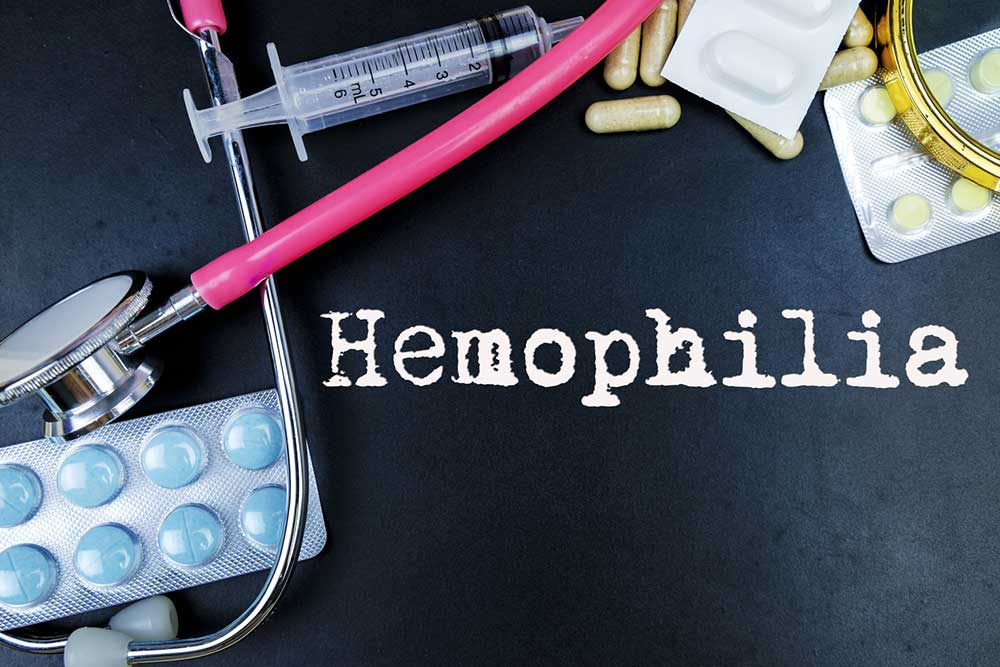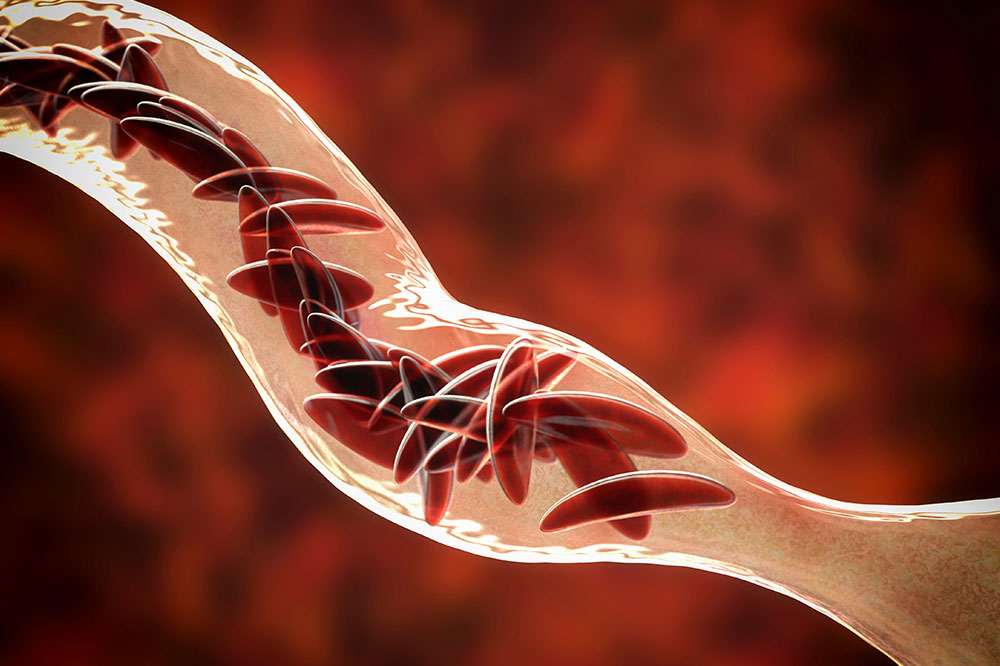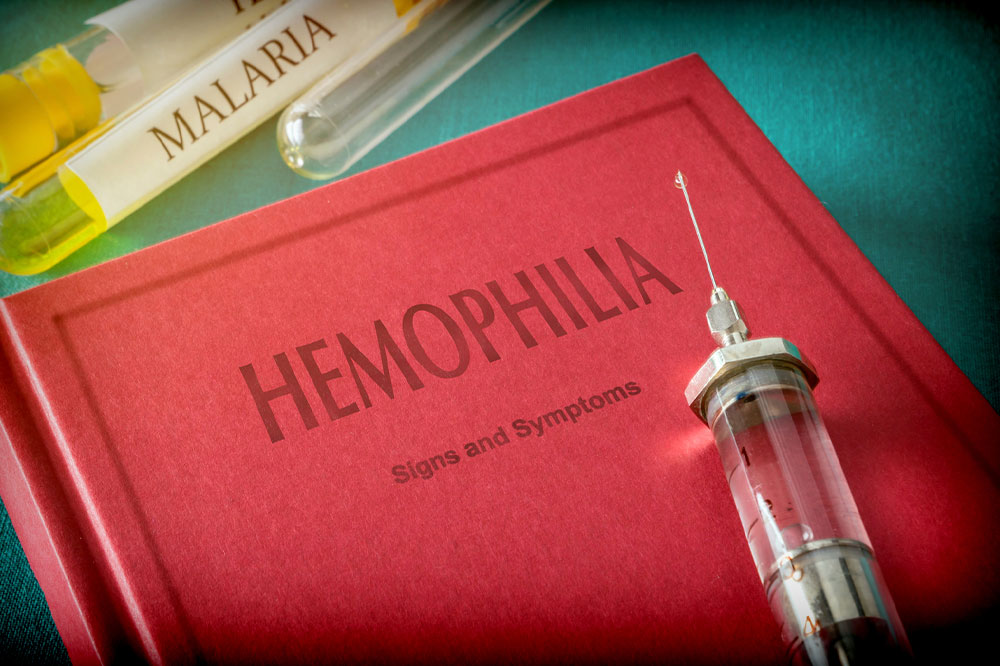Beware of Unusual Bleeding Conditions You Should Know About
This article highlights rare and unusual bleeding disorders, including Von Willebrand disease and hemophilia. It explains their causes, symptoms, and modern treatments. Understanding these conditions helps in early diagnosis and proper management, although they remain incurable. Medical advice and careful lifestyle choices are essential for affected individuals to prevent severe bleeding episodes.
Sponsored

Blood clotting issues can lead to abnormal bleeding both internally and externally. Many rare bleeding conditions might go unnoticed.
These disorders happen when the blood's natural clotting process is disrupted. As a result, some individuals may experience heavy bleeding inside their joints, muscles, or other parts of the body. Platelets—a type of blood cell—clump together to form a plug at injury sites, while clotting proteins create a fibrin mesh that stabilizes the clot, preventing blood loss.
These disorders often stem from causes like low red blood cell counts, vitamin K deficiency, use of blood-thinning medications, or post-injury complications.
Among the most common bleeding conditions worldwide are:
Von Willebrand Disease
This inherited condition results from a deficiency or malfunction of the Von Willebrand factor, a protein crucial for blood clotting. It exists in three types: 1, 2, and 3, with type 1 being mild and type 3 the most severe. Women are disproportionately affected, especially during menstruation. Patients should avoid aspirin or ibuprofen without consulting a doctor, as these can worsen bleeding. Prior to surgery, a hematologist’s advice is essential to prevent excessive bleeding.
Hemophilia
This genetic disorder is linked to the X chromosome and primarily affects males. It impairs the production of clotting factors, leading to prolonged bleeding even from minor injuries. Recurrent internal bleeding in muscles and joints can cause tissue damage over time. Historically treated with blood transfusions, modern therapies now involve lab-produced synthetic clotting factors, reducing risks associated with blood-borne infections.
Other Rare Bleeding Disorders
In addition to these, other rare conditions include deficiencies in clotting factors or inherited platelet dysfunctions. Diseases like Bernard-Soulier syndrome, Glanzmann’s thrombasthenia, and storage pool disorders involve abnormal platelet function, causing easy bruising and bleeding. Many of these conditions have only been understood in recent decades and remain poorly known to the public.
Bleeding issues can be inherited or acquired later in life. Accurate diagnosis relies on thorough medical histories. While treatments focus on managing symptoms, there is currently no cure. Patients must adhere to medication schedules and minimize harm to reduce bleeding risks.






